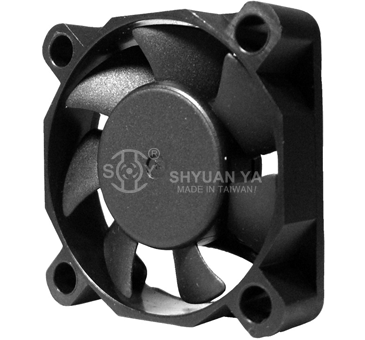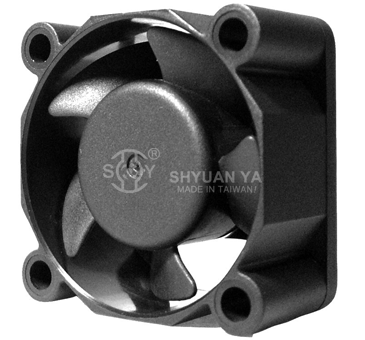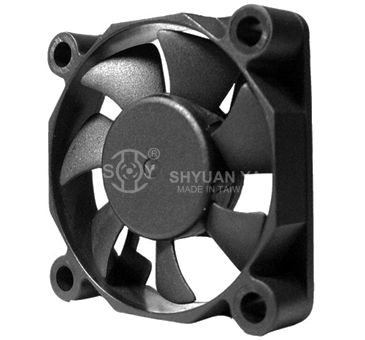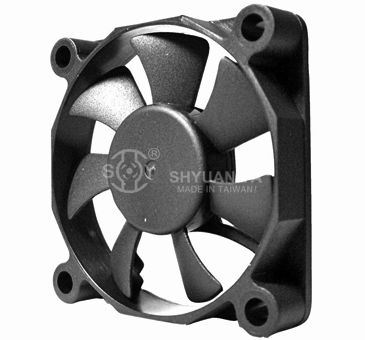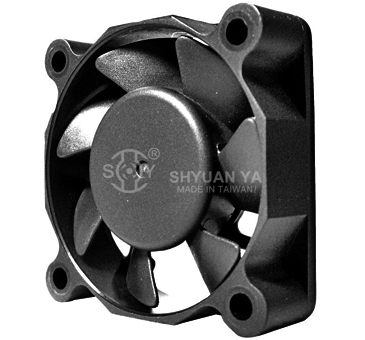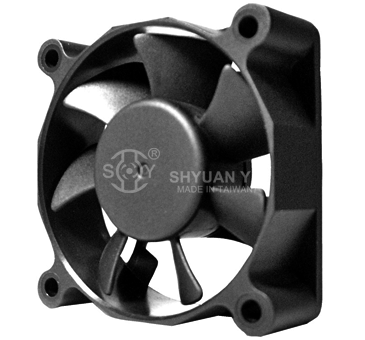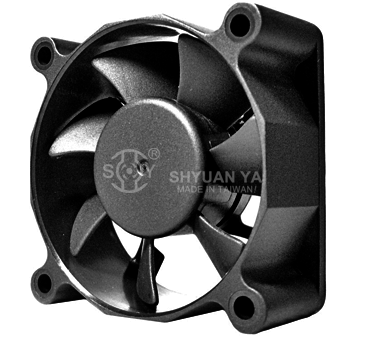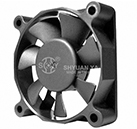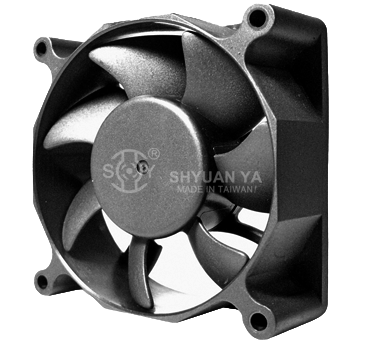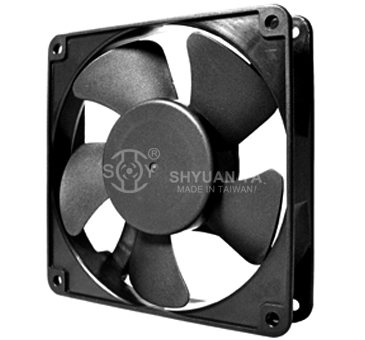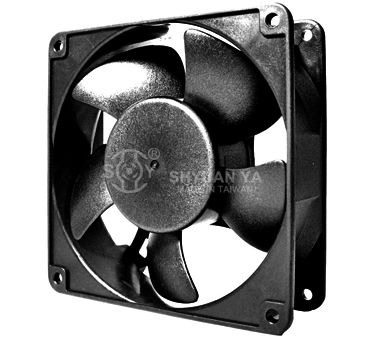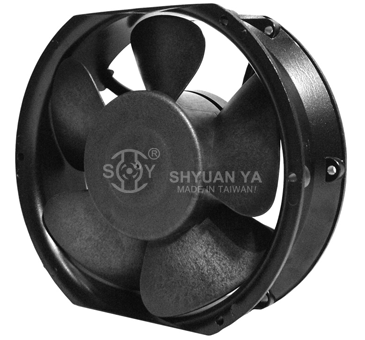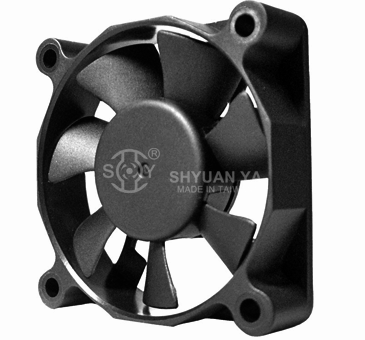How Do I Choose the Right DC Axial Fan?
Selecting the right DC axial fan is critical to ensuring reliable cooling performance, energy efficiency, and long-term equipment protection. A proper fan selection process involves evaluating multiple technical factors and matching them with your specific application requirements.
Here’s a comprehensive guide to help you make an informed decision:
1. Define Your Airflow and Static Pressure Requirements
The first step is to determine how much air (CFM or m³/h) your system needs to move and the resistance to airflow (static pressure) within the enclosure.
- Airflow (CFM): Represents the volume of air the fan must move to maintain safe operating temperatures.
- Static Pressure (inches H₂O or Pa): Indicates how much resistance the fan must overcome, such as filters, grilles, heat sinks, and ducting.
Tip: Review your equipment’s thermal design specifications or use thermal modeling to calculate precise cooling needs.
2. Match the Fan to Your Power Supply
DC axial fans are commonly available in 12V, 24V, and 48V versions.
- Verify the available voltage in your system and choose a compatible fan to prevent power issues.
- For battery-powered devices, consider a low-power fan to maximize battery life.
3. Consider Space and Mounting Constraints
The physical dimensions of the fan must fit your enclosure or equipment design.
- Fan size directly impacts airflow capacity — larger fans generally move more air at lower noise levels.
- Check the mounting hole pattern and orientation to ensure seamless installation.
4. Evaluate Noise Level Requirements
In noise-sensitive environments such as medical equipment, offices, or precision labs, fan noise can be a major factor.
- Look for fans with quiet blade designs or PWM speed control, which allows lower fan speeds during light cooling loads.
- Compare manufacturer noise ratings (measured in dBA) to your system’s acoustic targets.
5. Choose the Right Bearing Type for Longevity
The bearing system affects both lifespan and reliability, especially in continuous-duty or high-temperature applications:
- Ball Bearings: Best for long-term, high-temperature, or high-vibration environments.
- Sleeve Bearings: Cost-effective and quieter, ideal for moderate-duty applications.
6. Consider Environmental Protection
If the fan will be used in dusty, humid, or outdoor conditions, select a model with environmental sealing such as an IP-rated housing.
- This prevents premature failure caused by contaminants, moisture, or corrosion.
7. Look for Speed Control and Monitoring Features
For advanced thermal management, choose fans with:
- PWM Speed Control: Enables dynamic airflow adjustment to match real-time heat loads.
- Tachometer Output (RPM Signal): Allows system monitoring for predictive maintenance and failure detection.
8. Verify Certifications and Compliance
Depending on your target market or industry, compliance with international standards may be required:
- CE (European Union safety compliance)
- UL (North American safety certification)
- RoHS (Restriction of Hazardous Substances compliance)
Ensuring proper certification helps you meet regulatory requirements and streamline product approvals.
Expert Tip: Balance Performance, Cost, and Reliability
Avoid the common mistake of choosing a fan solely based on size or price. A poorly selected fan can lead to overheating, system downtime, and higher maintenance costs. It’s often worth investing in a higher-grade fan for mission-critical applications.
Need Help Selecting the Right Fan?
Our engineering team specializes in custom cooling solutions. We can analyze your system’s airflow challenges, provide performance simulations, and recommend the optimal fan model for your specific application.
👉Contact us today to request a technical consultation, detailed performance data, or CAD drawings to ensure your project’s success.


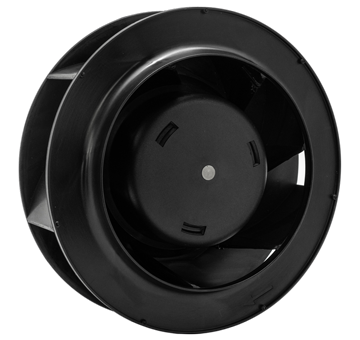
.png)
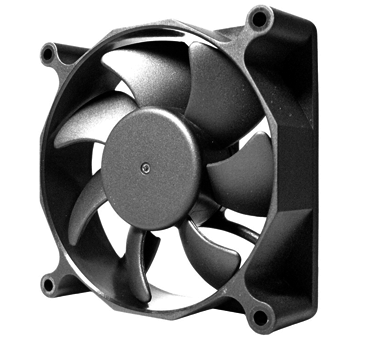
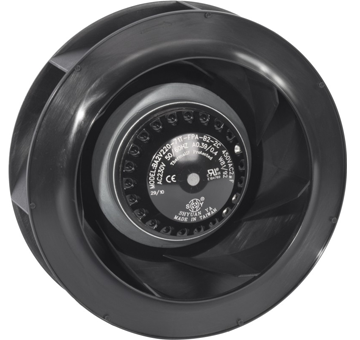
.jpg)
